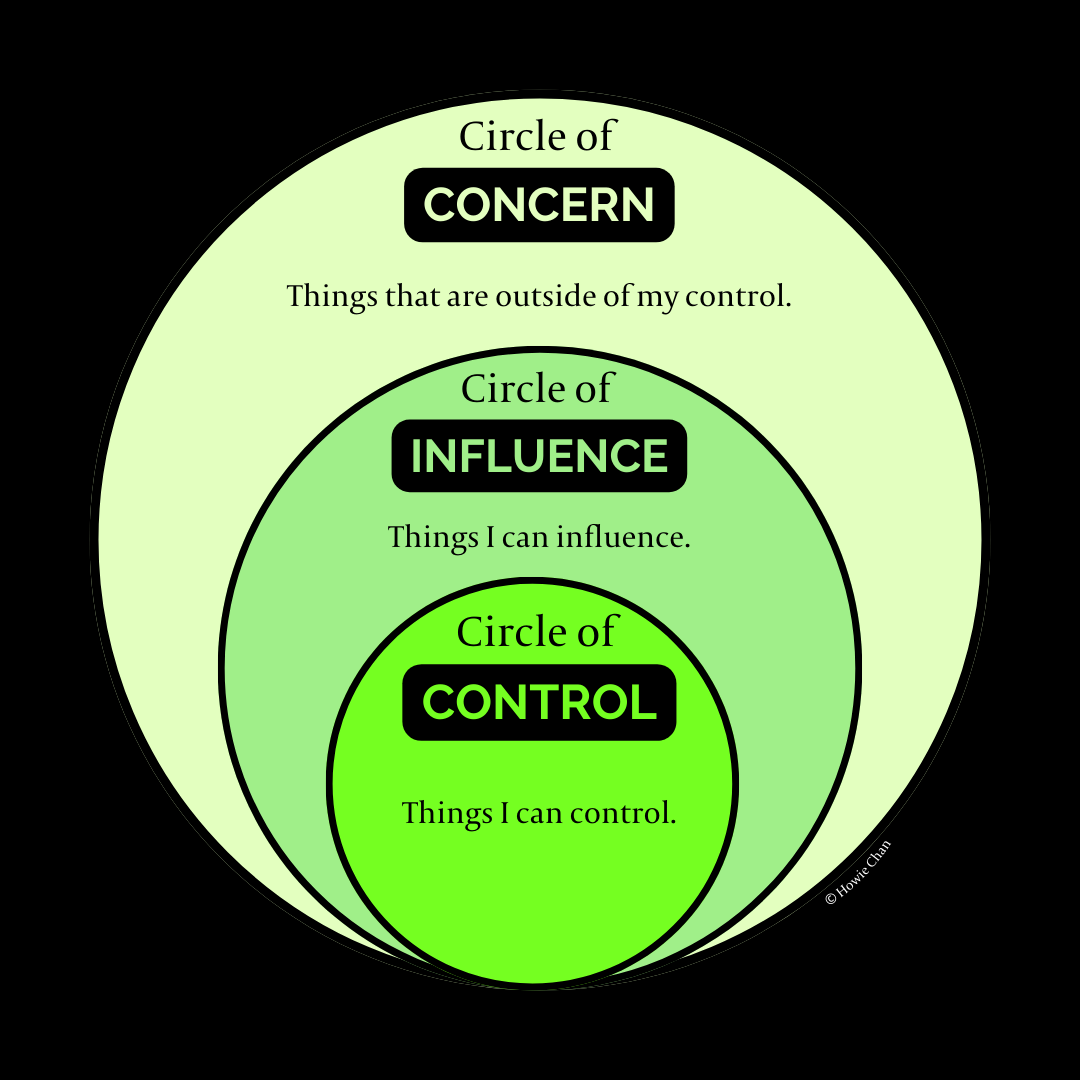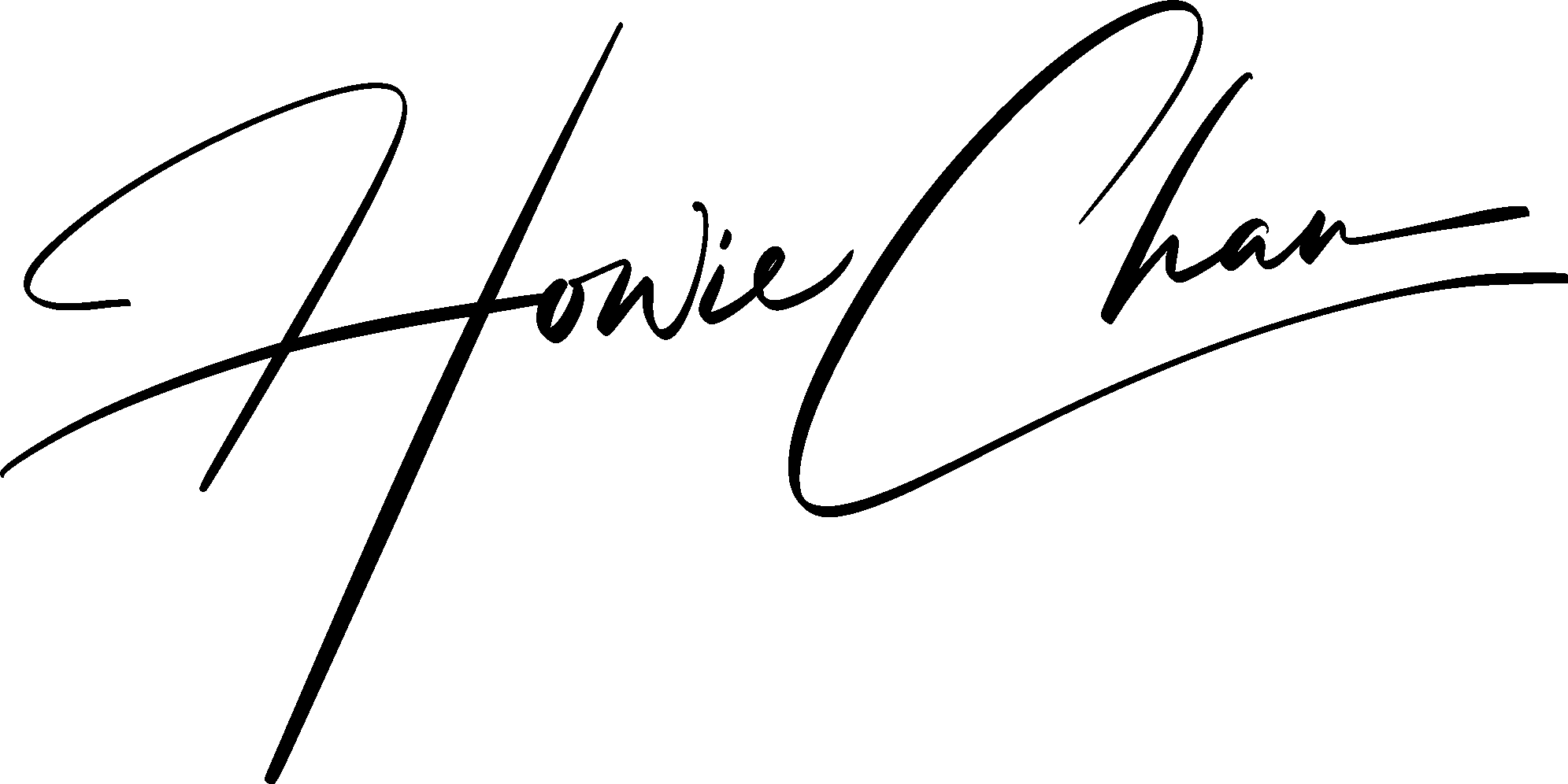During a seminar on handling stress, a psychologist navigated the room, engaging her audience with an interactive lesson. With a glass of water in hand, she captured everyone's attention, leading them to expect the classic question about seeing the glass as half empty or half full. However, she surprised them by asking, "What do you think is the weight of this water glass?"
The audience's guesses varied, suggesting weights from 8 to 20 ounces. The psychologist responded with a smile, "The actual weight of the glass is less important. Its perceived weight changes with time. Hold it for a minute, it's effortless. Hold it for an hour, and your arm begins to ache. Keep holding it for a day, and you'll find your arm feels numb and immovable. The weight of the glass hasn't changed, but the longer you hold it, the heavier it feels."
She elaborated, "Life's stresses and concerns are much like this glass of water. Think about them for a short time, and they're manageable. Dwell on them longer, and they start to cause discomfort. Let them dominate your thoughts all day, and they can immobilize you, preventing any action."
(Watch a re-enactment of this story here)
We all worry. It's a natural part of life. Our brains are technically hardwired to look for things to worry about. Our amygdala determines how we act in a crisis, so when you start watching the news, you can probably feel your pulse rate rise, because the news is usually focused on emotionally arousing content, true to this old adage of "If it bleeds, it leads".
So how do we counter this reptilian part of our brain? With the frontal parts of our brain, consciously deciding what we should focus on and what should we let go.
The circle of influence model from Stephen Covey can help us map out which things we should pay attention to and which we should accept and move on.
In his basic model, there are two main circles (watch a short video where Covey explains this):
Circle of concern (outer circle) - everything you care or think about that worries you but are clearly not under your control or influence. These are things like the weather, the past, pandemics, accidents etc.
Circle of influence (inner circle) - these are things we can do something about: how we lead our teams, how we show up at a job interview, what we consume etc.
The key is to focus on your inner circle and try to expand it (proactive), while accepting and not spending any energy in the outer circle (reactive).
Wait there are only two circles?
An expansion of this model adds one more circle to give you three! The circle of control (innermost circle) - where it makes clear the things you have direct control over vs. those where you may have influence, like your words, your thoughts, your actions etc. (more below!)
BASE PRINCIPLE
Focus on what you can control and influence, let go of everything else.

WHAT IF?
What if you had a tool to compartmentalize your worries? What if you spent less time holding on to worries that you can't affect? What if you were able to increase your influence?
Three steps to worry less:
1/ Gratitude
Interrupt those feelings of worry and anxiety by expressing gratitude. This can be something mundane "I'm grateful for the ability to exercise and move my body today." The key is to break the pattern and introduce a new state of mind.
2/ Breathe
Inhale through your nose and once your lungs are comfortably filled, take in a second sip of air and then slowly exhale out your mouth. Repeat. (Read about cyclic sighing in a previous issue here.)
3/ Control, influence or accept
Leverage the three circles of influence to worry less. List all the things that you are worrying about. Each stressor on a post-it note. Then on a large piece of paper or whiteboard, draw three circles, representing circles of concern, influence, and control. Place each stressor in the appropriate circle. Be brutally honest what you can 100% control, what you can influence, and what you can't do anything about. One you are done placing them, proceed from the inside out.

First look at the stressors at are in the innermost circle and list 3 actions for each stressor to better control it.
Next, list out one action for each stressor in the influence circle to better influence the outcome of those stressors.
For the ones that are in the circle of concern, accept them. Come to the conclusion you can do nothing about them and toss them literally into the trash.
It's critical that you spend no time in the circle of concern, for individuals who do will feel helpless and out of control, leading to anxiety and stress. In contrast, when you spend time on your circles of influence and control, you will tend to feel more empowered.
"You may not control all the events that happen to you, but you can decide not to be reduced by them."
~Brené Brown
Control what you can, toss rest.
Live your legend 🤘🏽,

Howie Chan
Creator of Legend Letters
Sources:
Two More Ways I can Help You:
1/ Strategy Hour
Book a 1:1 call with me and we can talk about brand strategy, self-mastery and/or LinkedIn growth (I grew from 7K to 40K followers in 4 months).
2/ Personal Brand Clarity Program
Three 1:1 coaching sessions to get clarity on your story and your brand so you can attract what and whom you want into your life.
